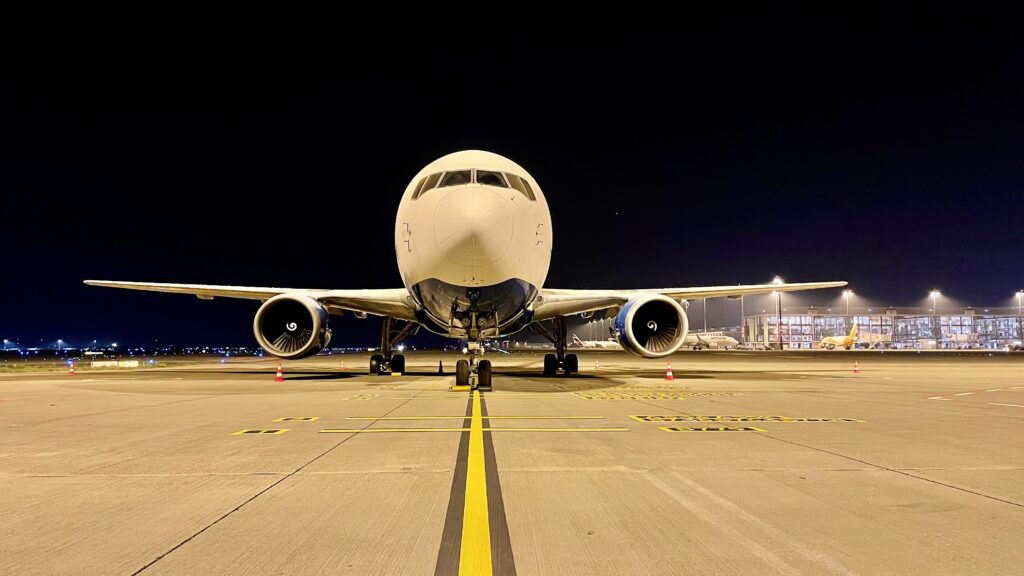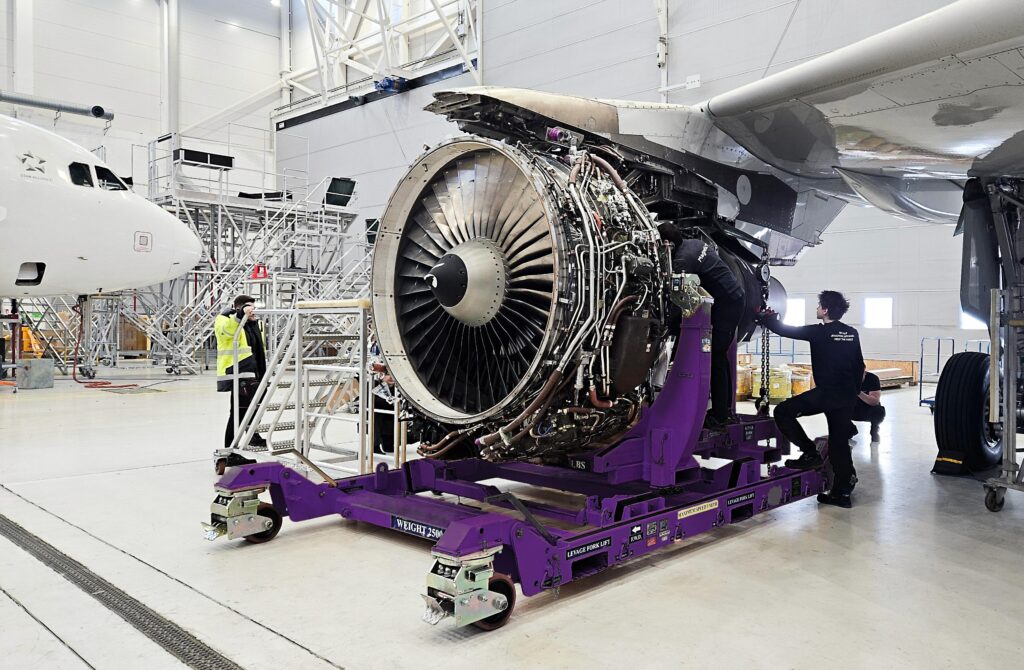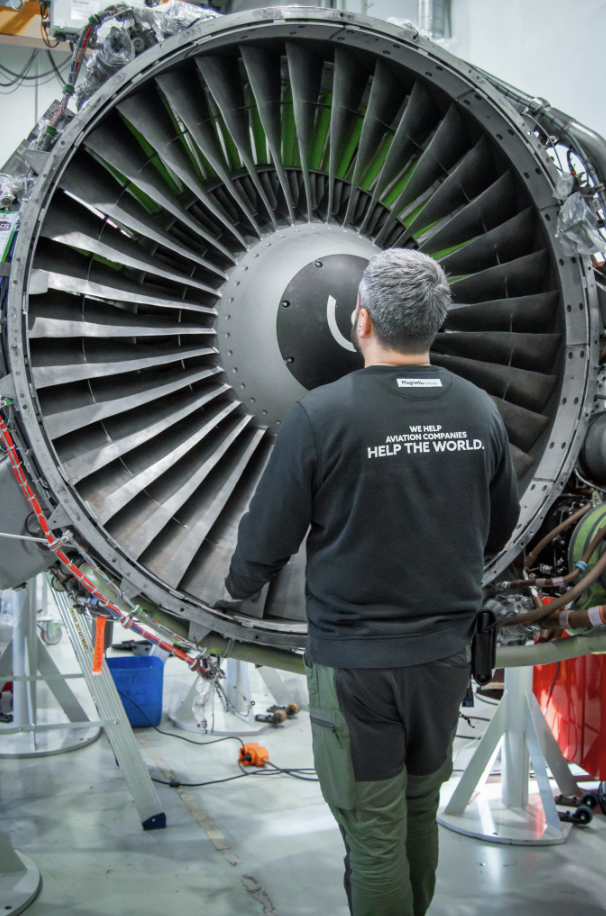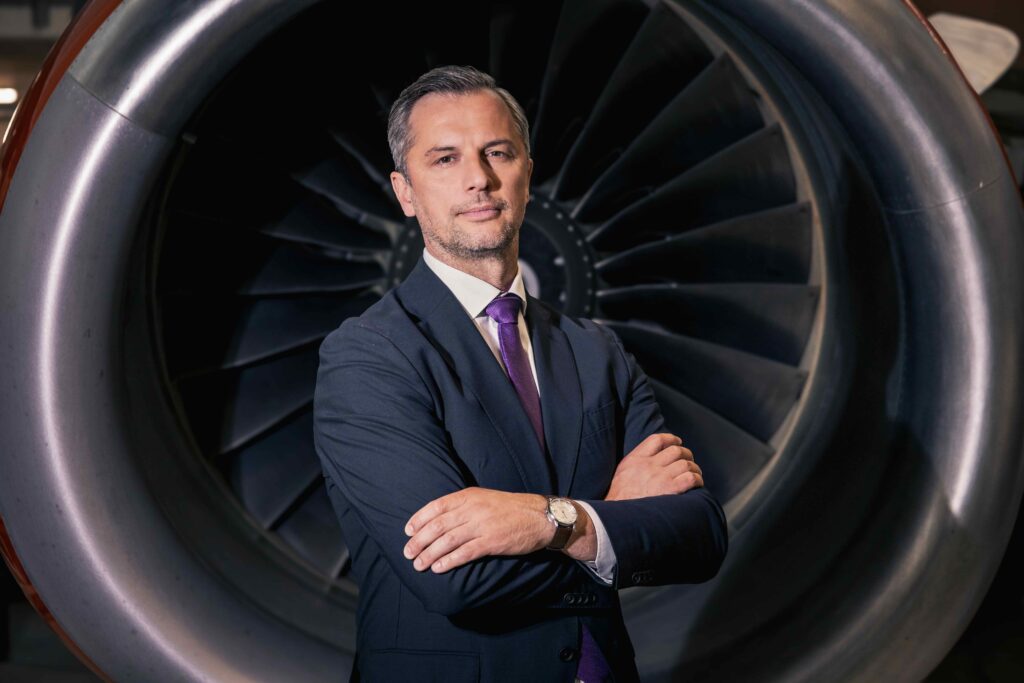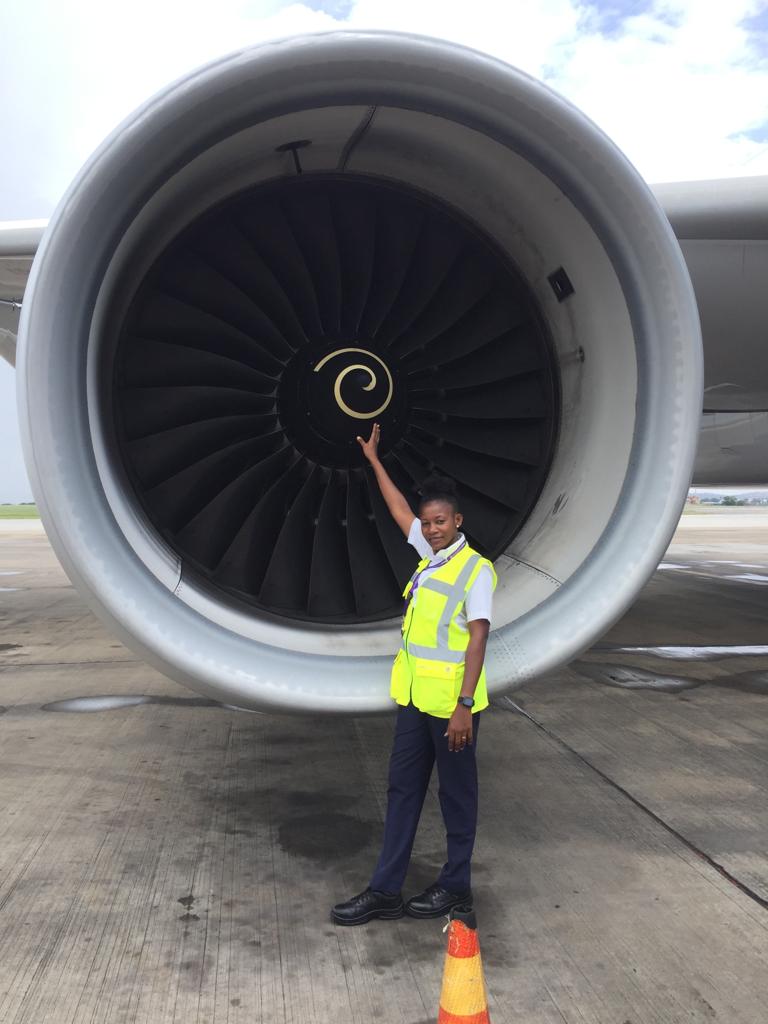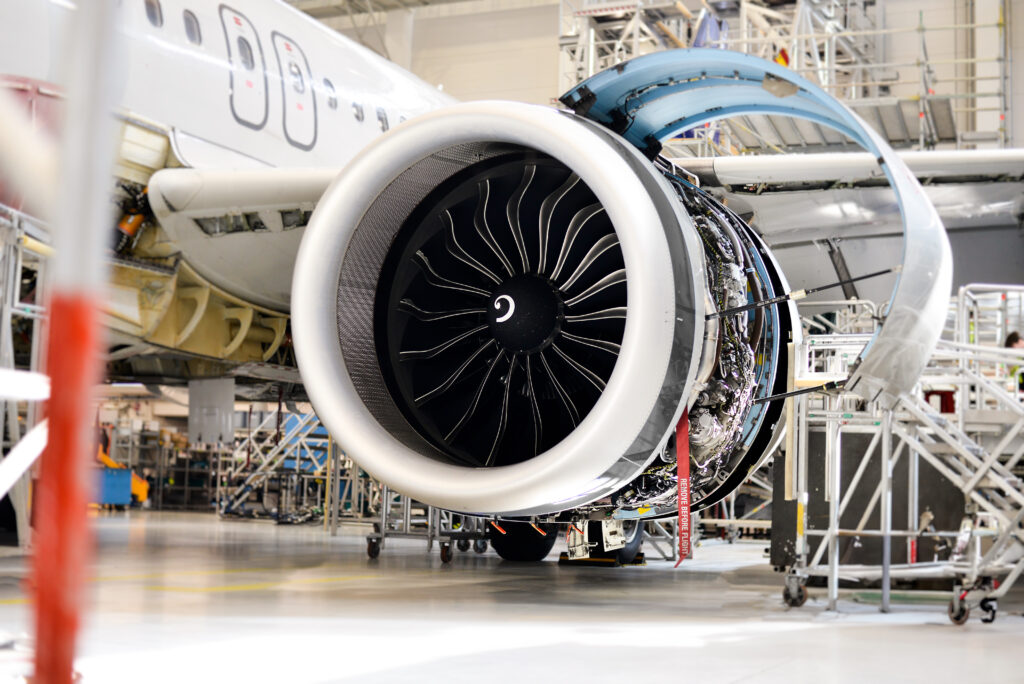Leasing in Limbo: Why Engine Availability is Slowing Aircraft Deliveries – and What the Industry Is Doing About It
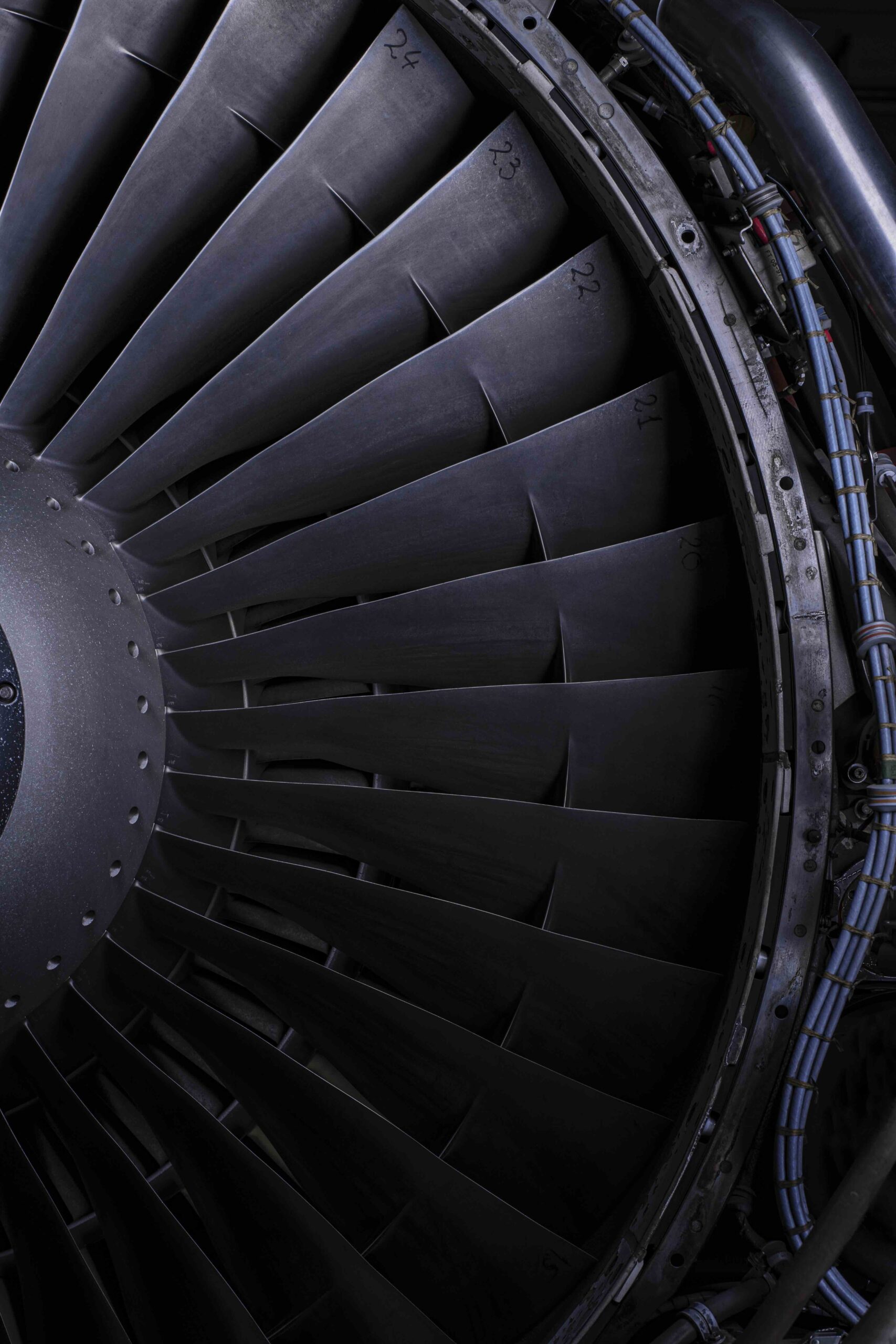
For much of the past decade, airlines have been preparing for a new era of efficiency. The latest generation of narrowbody aircraft – powered by Pratt & Whitney’s GTF and CFM International’s LEAP engines – promised lower fuel burn, reduced emissions, and long-term savings.
But that promise has collided with a harsh reality: hundreds of aircraft are grounded worldwide as airlines struggle with engine availability. Delivery schedules have slowed, shop visit times have stretched toward a year, and airlines are being forced to make difficult decisions about their fleets.
“Engines are being removed form wings earlier than expected,” explains Alex Vella, CEO of Magnetic Leasing. “The result is a global bottleneck that is reshaping how airlines manage capacity, financing, and even route strategy.”
The Roots of the Shortage
The issue, at its core, is one of material scarcity. Modern engines, while highly efficient, are proving less robust than the previous generation. The GTF and LEAP families require more frequent removals and overhauls – and because they are relatively new, the aftermarket supply chain has not caught up.
“There is no USM [used serviceable material] available for these engines,” says Alex. “Nobody is tearing them down yet, and OEMs haven’t fully developed the repair programs. The only option for airlines is new material from the OEMs, and those same OEMs are also under pressure to supply production lines for new aircraft.”
That pressure has forced manufacturers to prioritize spares. Historically, only around 4% of engines produced were sold as spares. Today, that figure has climbed into the low teens – closer to 14%. It sounds small, but the impact is enormous.
“For every 100 engines produced, instead of four being sold as spares it’s now fourteen. That’s ten engines less available for new production aircraft. At current rates, that’s around nine narrowbodies a month that could be flying but aren’t – simply because the engines aren’t there.”
How Airlines Are Coping

Faced with uncertainty, airlines are turning back to older fleets. Lease extensions have become the norm, and retirements have slowed dramatically.
“2025 is forecast to see even fewer narrowbody retirements than last year, which was already historically low,” says Alex. “The big question for lessors and investors is whether this will create a bow wave. If a wave of retirements comes in a few years, residual values and lease rates could collapse quickly.”
Capacity is also being curtailed. Airlines are delaying route launches or walking away from expansion altogether. Wizz Air, for example, abandoned its Abu Dhabi venture in part due to lack of aircraft. FlyDubai postponed its planned Vilnius–Dubai route launch until this winter, citing delivery delays.
Some operators turned to ACMI leasing to fill the gap, but 2025 has proven this is not a long-term fix. “Demand for ACMI shrank to just peak season,” notes Alex. “Airlines are realizing it’s often better not to operate a route than to operate it with a third-party carrier.”
On the macro level, engine economics are influencing fleet trends. Among Airbus narrowbodies, the LEAP-1A has pulled ahead of the GTF in the order book, with more than 60% of A320neo-family orders now favoring CFM. The reason? Reliability.
Liquidity – The Hidden Cost
For airlines, the shortage is more than an operational headache – it’s a financial burden.
“If an airline is paying $4–5 million per year for a new aircraft it can’t operate, while also spending millions on premature shop visits, liquidity becomes a serious issue,” says Alex. “Some costs may eventually be compensated by OEMs, but lessors and banks still expect rent to be paid on time each month.”
The delays have forced carriers to freeze expansion plans. Yet paradoxically, constrained capacity has allowed some to reap record profits through higher fares. “For certain airlines, the shortage has actually been a net positive,” Alex adds. “Excess demand has pushed yields higher than ever.”
Waiting… and Waiting
The severity of the shortage is illustrated by turnaround times.
“It was said this week that the average shop visit for new engines now takes around 300 days,” says Alex. “And that doesn’t include the time from removal to reinstallation. In practice, you’re looking at the better part of a year.”
In extreme cases, aircraft have been parked for more than two years awaiting engines. Some lessors have even retired relatively new aircraft early, choosing to scrap six-year-old A320neos because the engines themselves are worth more than the airframe.
Leasing as a Lifeline
This is where leasing comes in. Spare engines provide airlines with the ability to keep flying during prolonged shop visits without tying up scarce capital.
“Engine leasing is a way to buy time,” explains Alex. “It ensures continuity of service, avoids grounding, and protects revenue.”
But not all leasing models are the same. Traditional lessors like SES, SMBC, or ELFC typically buy brand-new engines, place them on long-term leases, and hold them as assets. Magnetic Leasing takes a different approach.
“We focus on mature assets with green time remaining,” says Alex. “That allows us to offer flexible solutions tailored to each airline’s immediate needs, rather than tying them into long-term commitments.”
Short-Term Fix to Long-Term Hedge
Interestingly, while airlines often approach lessors seeking short-term support, many end up extending those leases indefinitely.
“A lease may start as a six-month solution, but increasingly airlines don’t want to give engines back – even if there isn’t an immediate need,” Alex observes. “Spare engines are now seen as insurance policies. The cost of not having one when you need it is simply too high.”
A New Normal?
Is this shortage temporary, or is it the industry’s new reality?
“Barring another global shock, there won’t be equilibrium this decade,” says Alex. “The OEMs are still years away from making these new engines more reliable.”
On the MRO side, the challenge is equally daunting. The global fleet is expected to grow 40% in the next 15 years. Yet today’s new engines are operating at less than half the reliability of their predecessors. To keep up, the industry would need to double its engine maintenance workforce.
“That’s before even accounting for retirements,” adds Alex. “And we can’t just fix this by raising salaries. The younger generation doesn’t want to be tied to a fixed-location job. You can’t perform engine overhauls remotely. This is a fundamental labor market issue.”
What It Means for Leasing
With no easy fixes in sight, leasing is poised to remain a critical part of the solution.
“In the near term, the dynamics won’t change much,” Alex explains. “Supply simply cannot expand quickly enough to meet demand.”
Longer term, airlines may stop investing their own capital into older-generation assets. Instead, sale–leaseback transactions are likely to rise, structured with conditions such as lessors providing thrust.
Engines in Limbo, Airlines in Flight
Engine shortages may be slowing deliveries, but they are also reshaping the very economics of aviation. Airlines are deferring retirements, rethinking fleet plans, and relying more than ever on leasing to protect against risk.As Alex puts it: “Engines may be scarce, but airlines don’t have to be grounded. With the right leasing solutions, they can keep flying – even in a market defined by uncertainty.”




